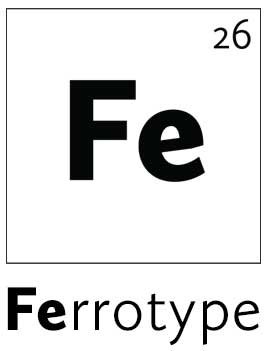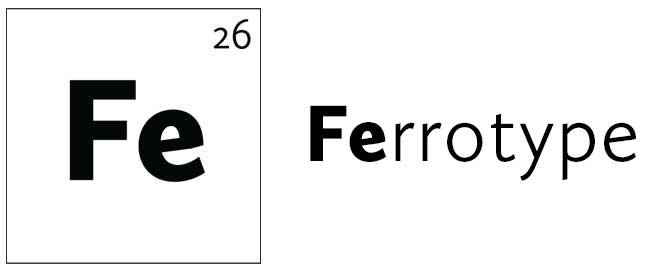Q&A: How can I recycle more?
This article was originally posted on www.nanosphere.co.uk and has been reposted here following the closure of that site
We are all used to recycling these days and most of us diligently wash out food trays and juice cartons ready for our council collection. But what happens to that waste once it leaves us, and is it really recycled? And what tips are there to help people recycle more of our waste?
What is the problem?
It has been calculated that the average American citizen uses one plastic bag per day whereas the average Dane uses four per year which, although a crude generalisation, shows the difference that can be made if the support is provided. Comparing recycling rates for different countries is difficult because of the differing ways of calculating it but it is generally accepted that Germany is top of the charts. Whilst the UK as a whole is languishing at 18th in the recycling league, it may surprise some to learn that Wales is a very impressive second place! (Scotland 15th, England 18th, NI 20th) which is in no small part due to the consistent recycling policy adopted across the country.
Because it is confusing isn’t it? I try my hardest to do my bit but I am regularly thrown by what I can and can’t recycle, made much harder on holiday where different rules will undoubtedly apply. I would like to recycle more, but even when we do get it right, is it even recycled anyway?
After you have filled your household bins, your local council come to take that waste away and your recycled content will go to a Materials Recovery Facility to be sorted. The good news is that all collected organic waste is recycled and currently 67% of glass, 79% of paper and cardboard and 70% of metal is too*. The bad news of course is plastic, where the recycling rate falls to 46% and, within that, we can’t be sure it is all genuinely recycled as some is sent overseas.
Until 2018, China was the most popular destination for household waste, especially plastic: Container ships returning from their deliveries of consumer goods could make use of the empty space on the return voyage. However, China has now cleaned up and stopped accepting much of the ‘foreign garbage’ which has led to other countries stepping in.
Typically we send much of our plastic waste to poorer countries where labour is cheap and welfare standards low. Current popular destinations for our unwanted waste include Malaysia, Thailand and Vietnam with Ethiopia, Bangladesh and Senegal also starting to take on shipments. All countries which have limited infrastructure for dealing with their own waste, let alone ours.
We can’t be sure what happens to waste when shipped overseas and it is likely that the high value plastics will be picked out and the rest burnt or placed in landfill. Plastics are expensive to recycle because of the many variations which need to be separated and the issue of contamination, plus the cheap price of virgin plastic with the global oil price so low. Even with the numbering system for the different types of plastic (the Resin Code) there are still differences and a #1 drinks bottle is incompatible with a #1 lettuce container due to the different melt properties: coloured drinks bottles can’t be mixed with clear.
Of course we could make life easier on ourselves by adopting universal country-wide recycling regulations instead of allowing individual councils to determine what they will or won’t take. In England only 18% of local authorities will collect plastic film (the stuff you peel off your ready meal) but if it can be recycled then shouldn’t they all take it? This doesn’t help when you want to recycle more of your household waste. Undoubtedly these processes cost money and councils are hard pressed to manage which is where it takes government policy and subsidies to ensure we do our best for the planet.
*(DEFRA UK figures released 2019)
So what can we do?
Around half of the plastic produced globally is for single-use items so it’s good to learn your plastic Resin Codes – these are the little numbers on the bottom of most packaging which indicate whether or not it can be recycled. A basic understanding of this (see this handy chart here) will enable you to recycle more, where possible. If it all feels too hard to deal with a simple rule of thumb is that codes 1 & 2 are well recycled, anything else isn’t.
Print out a chart of what your local authority will and won’t recycle and put it on a cupboard door. Since the service is offered, we may as well use it to the best of our ability.
Clean stuff – plastic contaminated with food waste is likely to be rejected and not recycled.
Re-use – keep any plastic bags you end up with and use them again where possible – e.g. bread bags can be used for sandwiches.
Cans of drinks are preferable to plastic bottles as aluminium is the most recyclable material, being easily recycled innumerable times.
Carry a spare roll up bag when you go out so you won’t need to take a plastic one – think of the Danes!
Politely give feedback (it isn’t the staff’s fault) to food establishments such as Pret where you are given disposable cups even though you are staying on the premises (and paying eat-in VAT). Drinking and eating on the premises should involve china cups and plates, anything else is unacceptable cost-cutting at the expense of everyone.
Take a reusable water bottle with you so as to avoid buying whilst out. I have made myself carry one everywhere and am now also drinking more water as a result.
Sit down for a coffee if you can – our current love of eating and drinking on the go is not really sustainable: we should try and take the time for a break where we can. If you do regularly drink take-away coffee, then maybe invest in a reusable cup.


